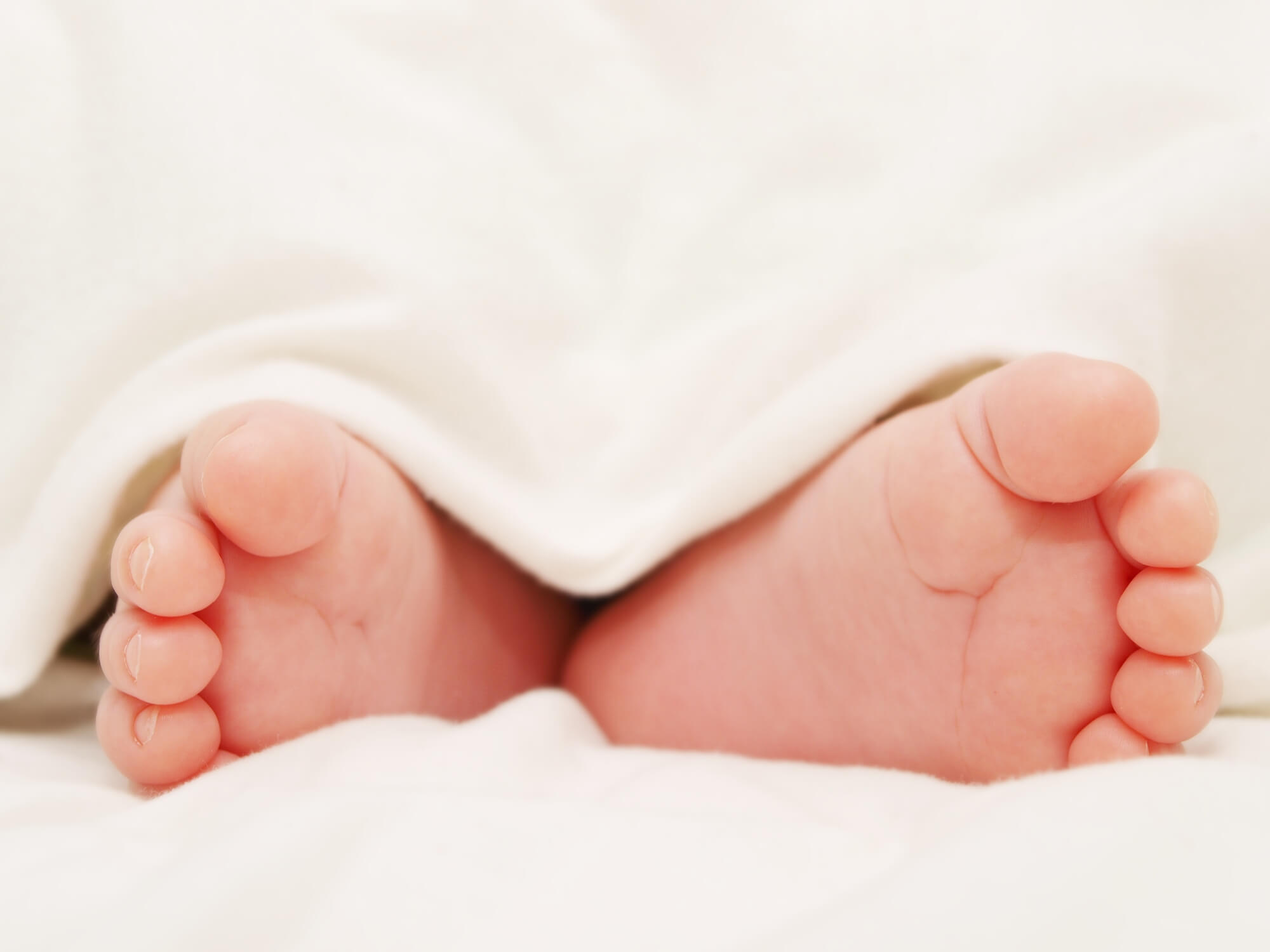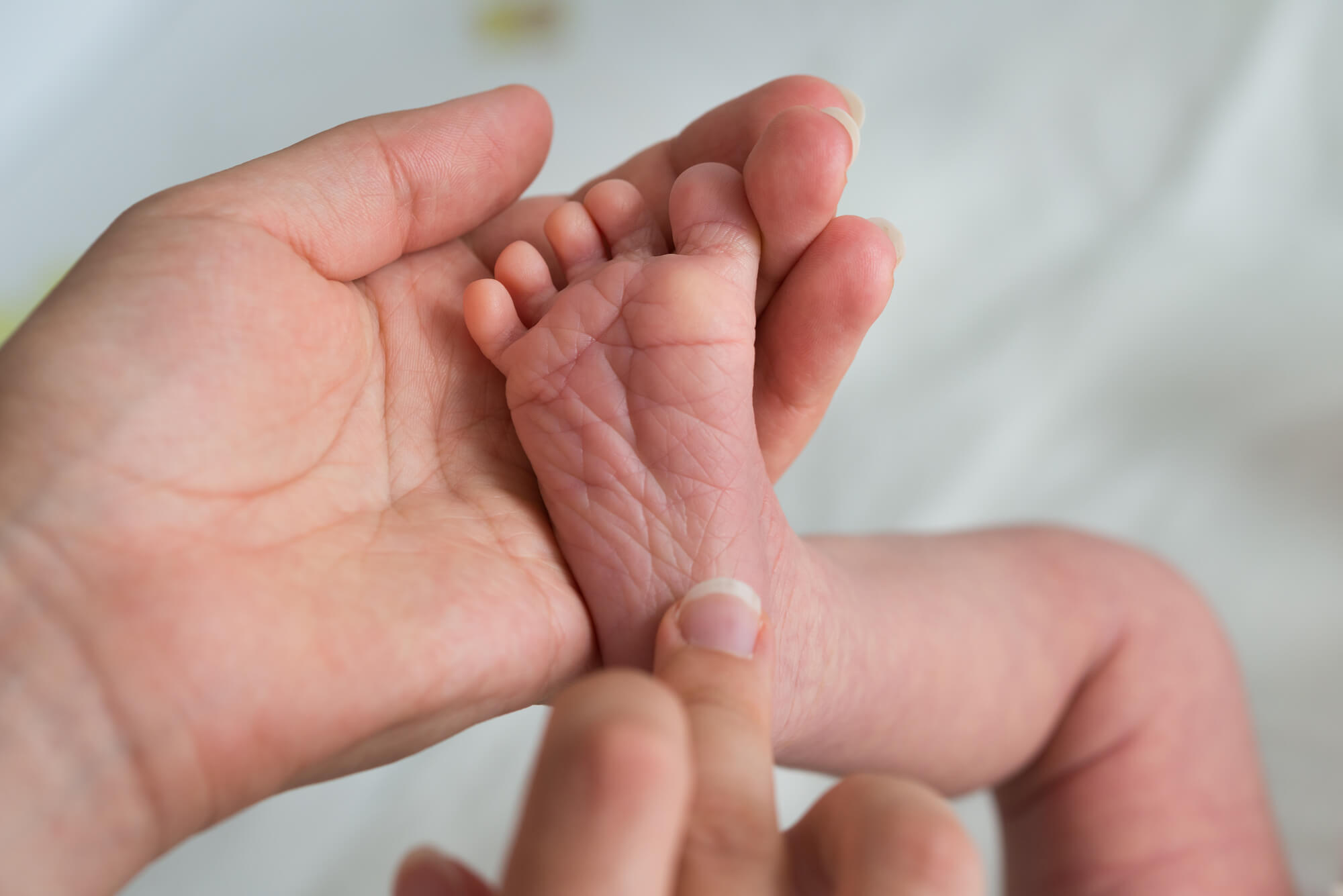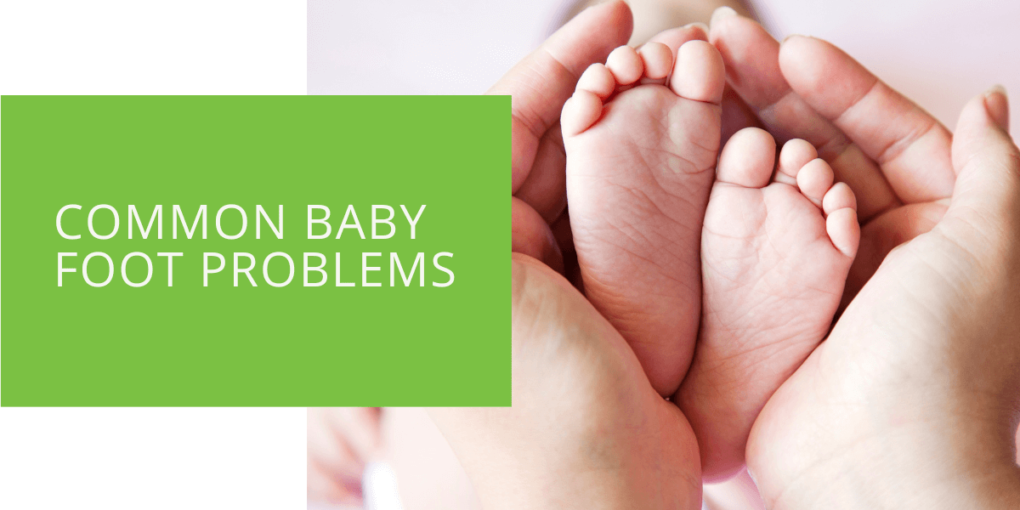Understanding the Most Common Baby Foot Problems
As a parent, it is important to understand the different types of common baby foot problems that may arise. Early detection and treatment of these problems can prevent complications and ensure your child's feet develop properly. This article will discuss the most common baby foot problems: flat feet, clubfoot, ingrown toenails, in-toeing, toe-walking, and overlapping toes. We will also provide information on each condition's causes, symptoms, and treatment options.
Flat Feet
Flat feet, also known as pes planus, is a common foot problem in babies and children. It occurs when the arch of the foot collapses, causing the entire sole to come into contact with the ground. Flat feet can be caused by genetics, obesity, or medical conditions such as Down Syndrome.
Symptoms of flat feet in babies include:
- The entire sole of the foot comes into contact with the ground when standing or walking
- Difficulty standing on tiptoes
- Inward rolling of the ankle
Flat feet in babies can usually be treated non-surgically, with treatment options including:
- Orthotic inserts to support the arch of the foot
- Physical therapy to strengthen the muscles in the foot and ankle
- Stretching exercises to improve flexibility
- Special shoes to support the foot and ankle
A podiatrist may recommend surgery to correct the deformity if non-surgical treatment options do not improve the condition.

Clubfoot
Clubfoot, also known as talipes equinovarus, is a congenital foot deformity in which the foot is twisted out of shape, with the heel turned inward and the toes pointing downward. A combination of genetic and environmental factors causes clubfoot.
Symptoms of clubfoot include:
- A twisted or rotated foot
- Inward turning of the heel
- Difficulty standing or walking
Treatment for clubfoot typically involves a combination of non-surgical and surgical methods. The most common non-surgical treatment is the Ponseti method, which involves a series of gentle manipulations and casting to reposition the foot, followed by using a brace to hold the foot in the corrected position. Surgery may be recommended in severe cases or if non-surgical treatments are ineffective.
Ingrown Toenails
Ingrown toenails, also known as onychocryptosis, is a condition in which the edge of the toenail grows into the skin, causing redness, swelling, and pain. Improper nail trimming, tight-fitting shoes, or a genetic predisposition can cause ingrown toenails.
Symptoms of ingrown toenails include:
- Redness, swelling, and pain around the toenail
- Drainage of pus or blood from the affected area
- Difficulty walking or wearing shoes
Treatment for ingrown toenails typically involves:
- Soaking the foot in warm water to reduce inflammation
- Wearing open-toed shoes to reduce pressure on the affected toe
- Using over-the-counter pain relievers to reduce pain and inflammation
- Trimming the toenail properly to prevent re-occurrence
In severe cases, a podiatrist may recommend removing the affected portion of the toenail.

In-toeing
In-toeing, also known as metatarsus adductus, is a common foot deformity in which the front part of the foot, or the forefoot, turns inward. In-toeing can be caused by genetics, premature birth, or developmental problems.
Symptoms of in-toeing include:
- Inward turning of the forefoot when standing or walking
- Difficulty standing on tiptoes
- Difficulty walking or running
Treatment for intoeing typically involves observing and monitoring the condition as the child grows, as many cases resolve on their own by age 3. In some cases, physical therapy, orthotics, and special shoes may be recommended to help correct the deformity. In severe cases, surgery may be recommended.
Toe-Walking
Toe-walking, also known as idiopathic toe walking, is a condition in which a child walks on their toes instead of their heels. Tight calf muscles, neurological conditions, or developmental disorders can cause it.
Symptoms of toe-walking include:
- Walking on the toes instead of the heels
- Tight calf muscles
- Difficulty standing on tiptoes
Treatments for toe-walking typically involve stretching and strengthening exercises for the calf muscles and using heel lifts or orthotics to encourage heel-toe walking. Physical therapy may also be recommended. In some cases, surgery may be recommended to release tight calf muscles.
Overlapping Toes
Overlapping toes, also known as clinodactyly, is a condition in which the toes overlap. It can be caused by genetics or a symptom of a more serious condition such as cerebral palsy.
Symptoms of overlapping toes include:
- Overlapping toes
- Difficulty walking or wearing shoes
- Pain and discomfort
Treatment for overlapping toes typically involves observation and monitoring the condition as the child grows. In some cases, orthotics, special shoes, and physical therapy may be recommended to help correct the deformity. In severe cases, surgery may be recommended to correct the toe position.
Conclusion
In conclusion, understanding the most common baby foot problems and their causes, symptoms, and treatment options is essential for ensuring your child's foot health. If you suspect that your child may have a foot problem, it is important to consult a pediatrician or a podiatrist. Early detection and treatment can prevent complications and ensure proper foot development. Remember that your child's feet are still growing, and it is important to be patient and follow the recommended treatment plan.
FAQ
What is the most common pediatric foot deformity?
Flat feet, also known as pes planus, are the most common pediatric foot deformity. It occurs when the foot arch collapses, causing the entire sole to come into contact with the ground.
What is the most common congenital foot deformity which usually corrects itself?
In-toeing, also known as metatarsus adductus, is the most common congenital foot deformity, which usually corrects itself. It is a condition in which the front part of the foot turns inward.
What are the main foot abnormalities?
The main foot abnormalities are flat feet, clubfoot, ingrown toenails, in-toeing, toe-walking, and overlapping toes.
What does a clubfoot look like on a baby?
A clubfoot on a baby is characterized by a twisted or rotated foot, with the heel turned inward and the toes pointing downward. It can also make it difficult for the baby to stand or walk.

